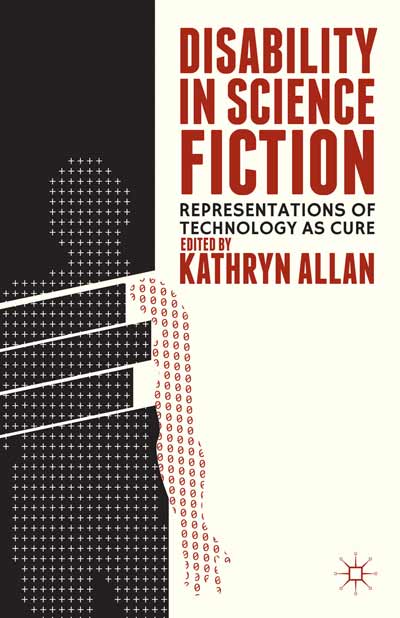Edwards, Mark. “Evangelical Catholicism: The Past, Present, and Future of Christian Reunion.” Historically Speaking 14, no. 4 (2013): 26–27.
Abstract: In 1933 Francis Pickens Miller announced that a “third great period” of Christian history was at hand. In this new epoch, he predicted, Protestants and Catholics would “pool spiritual resources” and become “united in one community.” That might seem a surprising claim coming from a lifelong southern Presbyterian. But Miller made that statement while serving as chairman of the World Student Christian Federation (WSCF), an interdenominational ecumenical movement whose implicit mission was to replicate and ultimately replace Catholicism’s planetary presence. For Miller, the geopolitical times now demanded that Rome and Geneva repent of their historic habits. Vatican centralism and Protestant individualism had both become hindrances to the advance of a world Christian civilization. Each had to give way to the formation of a new borderless Christendom. It would still take thirty more years and the reforms of Vatican II for Miller to see his way fully toward the reunion of Christianity’s classical combatants. “If John XXIII’s goals can continue to be realized,” Miller concluded in his 1971 autobiography, “the Roman church will resume its traditional leadership of Christendom and the Church Universal which will then emerge—including the Roman, Orthodox, and Protestant traditions—will constitute the best hope of mankind.”
Miller’s remarkable confessions were manifestations of “Evangelical Catholicism.” Because of historians’ relative inattention to Protestants of Miller’s liberal, ecumenical persuasion, Evangelical Catholicism is being touted today as the wave of the future. In the past few years, there has been an explosion of websites dedicated to discussing and tracking the Evangelical Catholic crusade from within Catholicism. Perhaps nothing is bringing more attention to the trend than George Weigel’s Evangelical Catholicism: Deep Reform in the 21st-Century Church (Basic Books, 2013). Conservative evangelicals, one of Weigel’s non-Catholic constituencies, have a strong recent history of interest in Catholic theology and practice. Although Evangelicals and Catholics Together lost momentum after its 1994 declaration, signatories have continued to champion evangelical-Catholic cooperation into the new century—including Weigel, the late Richard John Neuhaus and Charles Colson, and those affiliated with the Center for Catholic and Evangelical Theology. Leading evangelical and Catholic conservatives remain partners in defense of nuclear family values, while younger Catholics and evangelicals appear more and more comfortable trading spaces out of a common quest for authentic, non-politicized faith.


